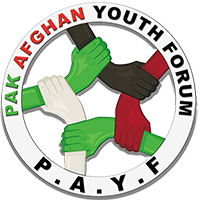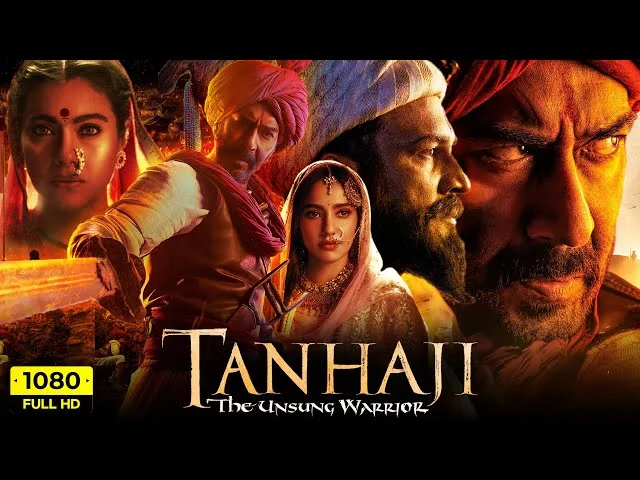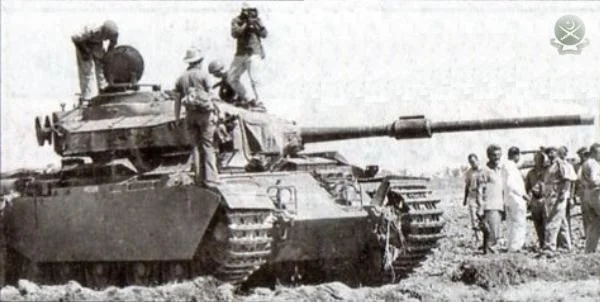Continuing our series on Islamophobia in Bollywood, let’s take a closer look at ‘Tanhaji: The Unsung Warrior’. Released in early 2020, audiences widely celebrated this historical epic for its cinematic production and grand visuals.
Yet, beneath its surface lies a pattern of troubling portrayals that reinforce Islamophobic stereotypes. As with many recent Bollywood films, Tanhaji casts Muslims in a deeply negative light, reinforcing harmful biases that go beyond the screen.
Villainization of Muslim Characters in Tanhaji
The film depicts the central antagonist, Udaybhan Rathod (played by Saif Ali Khan), as a brutal, ruthless villain with no redeeming qualities. He allies with the Mughal empire and is portrayed as the quintessential “evil Muslim.” Udaybhan is merciless and morally corrupt.
This portrayal taps into deeply rooted stereotypes in Bollywood. It casts Muslim figures as perpetual villains or threats, often devoid of humanity. This image goes far beyond the historical context. It clearly shows how the industry fuels an “us versus them” mentality.
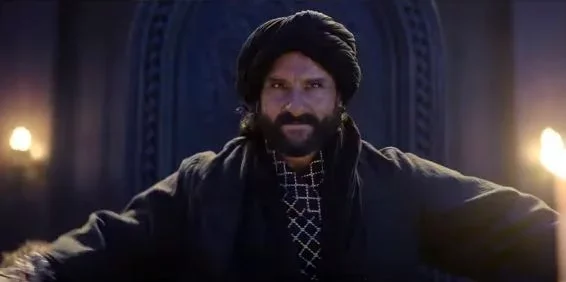
The “Brutal Muslim Invader” Trope at Work
Instead of offering a balanced or nuanced take on history, Tanhaji reduces complex historical interactions to a simplistic “invader versus native” trope, casting Muslim characters as foreign aggressors bent on destruction.
This narrative plays into the age-old stereotype of the brutal Muslim invader. Furthermore, it ignores the intricate alliances, cultural integration, and cooperation that existed in reality. Consequently, this oversimplification fuels existing prejudices and fosters a distorted view of history. Ultimately, it amplifies anti-Muslim sentiment under the guise of nationalism.
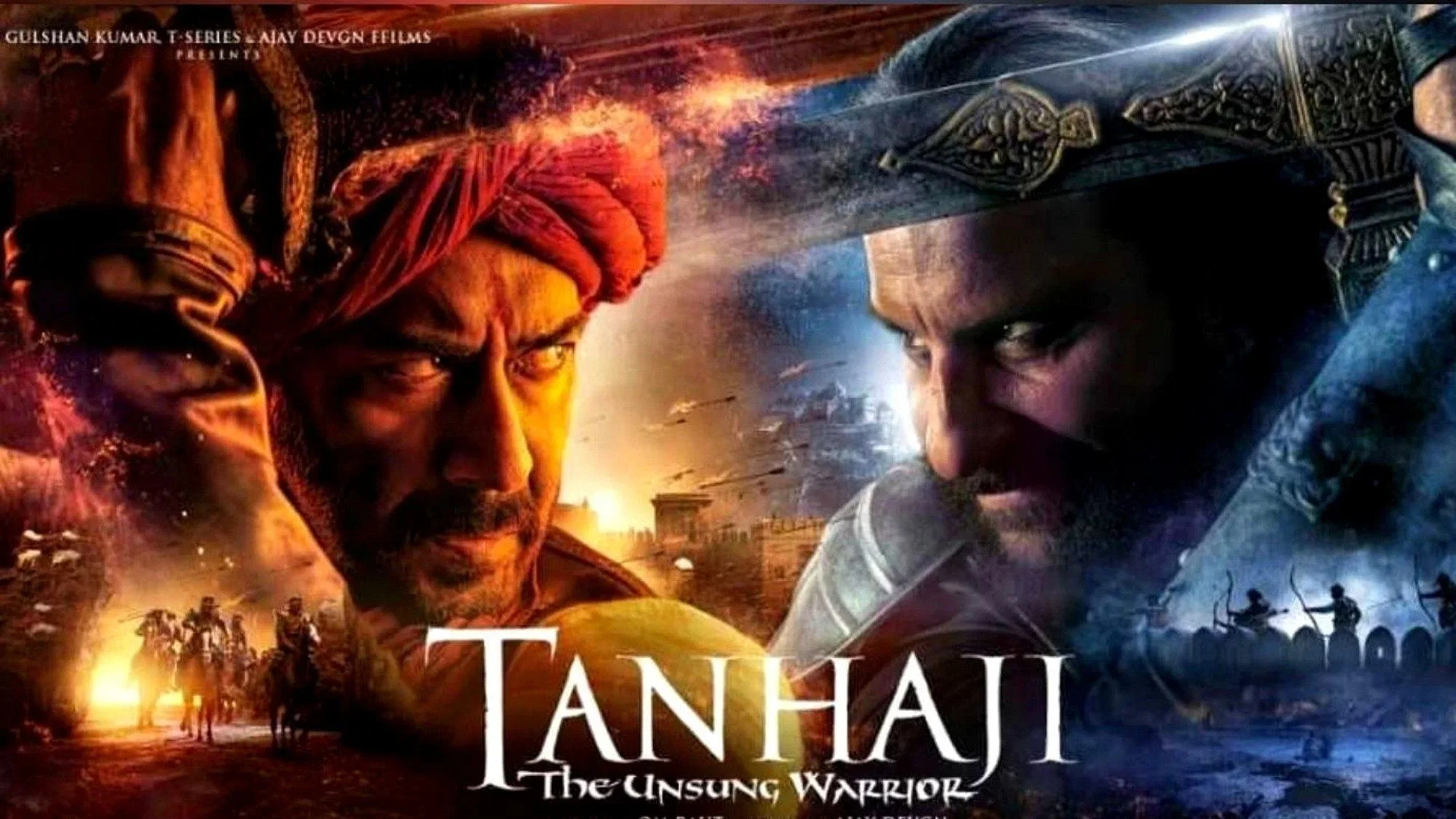
Erasure of Historical Complexity and Muslim Identity
Historical narratives are seldom black and white, yet Tanhaji presents a monochromatic story where Mughals, and by extension Muslims, are painted as inherently violent and cruel. The film glosses over the nuanced historical reality of Mughal rule in India, reducing it to pure oppression.
This erasure of history feeds into dangerous narratives, falsely depicting Muslims as inherently “foreign” and disconnected from Indian culture, ignoring centuries of Muslim contributions to Indian art, architecture, and culture.
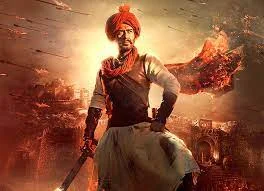
Also See: The Kashmir Files – Bollywood & Islamophobia Series
The “Othering” of Muslims in Bollywood’s Imagery
In Tanhaji and other Bollywood epics, filmmakers visually separate Muslim characters from their Hindu counterparts. They cloak Udaybhan, the antagonist, in dark, ominous colors while presenting the Maratha heroes in bright, heroic tones.
This stark visual contrast reinforces the division between “good” and “evil,” visually alienating Muslim characters and cementing a stereotype of Muslims as antagonists to Indian identity. Through this kind of “othering,” Bollywood films deepen divisions in public perception and contribute to rising Islamophobia.
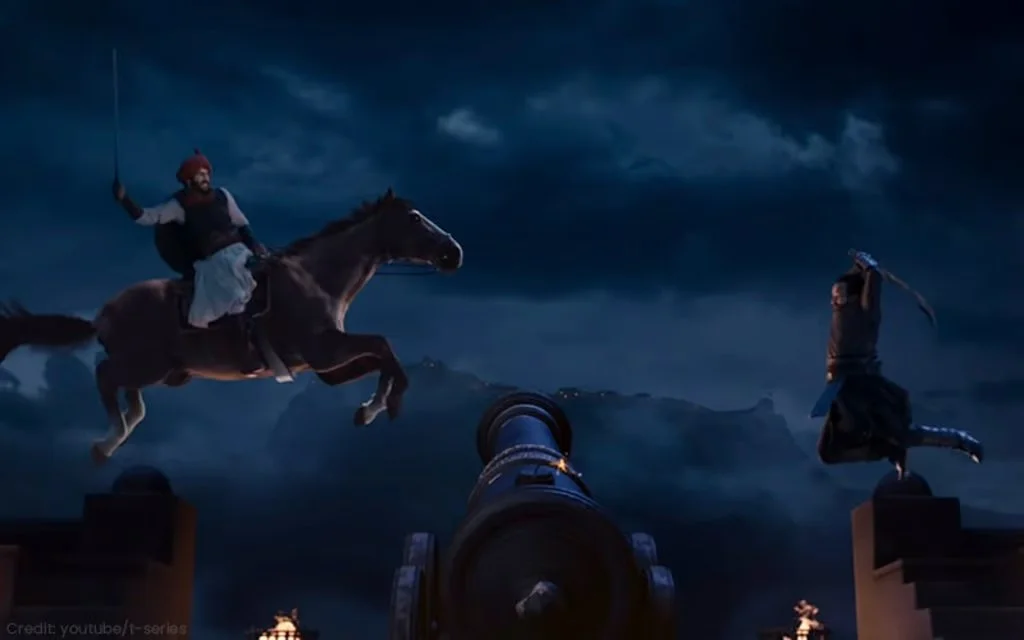
Simplifying Heroes and Villains: A Widespread Bollywood Issue
The film Tanhaji portrays the heroes as pure, honorable, and self-sacrificing, while it casts Muslim characters as purely self-serving and untrustworthy. By reducing Muslims to villains, Bollywood perpetuates the myth that they inherently oppose the ideals of “true” Indians.
This binary, which repeats across many films, does more than distort historical narratives—it plants seeds of distrust that influence societal perspectives on Muslims.
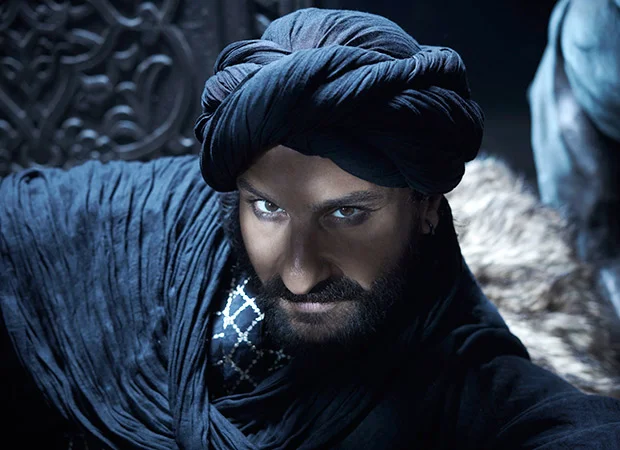
The Consequences of Negative Stereotyping: Why It Matters?
Movies aren’t just entertainment—they shape cultural understanding and influence social biases. When filmmakers repeatedly show Muslim characters as aggressive or morally bankrupt, they reinforce harmful stereotypes that influence public perceptions.
These depictions can have real-world consequences, feeding into suspicion and hostility toward Muslims, especially in communities where Bollywood serves as a significant cultural influence. Islamophobic portrayals, whether subtle or overt, create a societal impact that society cannot ignore.
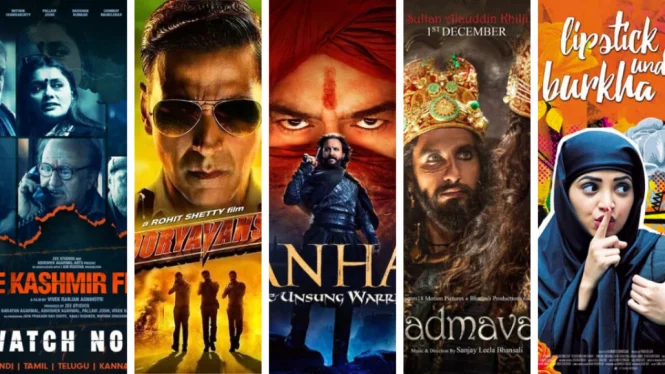
Islamophobia as a Bollywood Pattern: From Padmaavat to Kesari and Beyond
Tanhaji is part of a growing trend where Bollywood’s historical epics cast Muslim figures as villains or threats. Padmaavat, Kesari, and others follow similar patterns, transforming historical events into narratives that cast Muslims as the perpetual “enemy.”
These portrayals align with certain political ideologies and narratives that serve to marginalize Muslim identity. By framing Muslims as “outsiders” to Indian culture, Bollywood plays a role in deepening social divides.
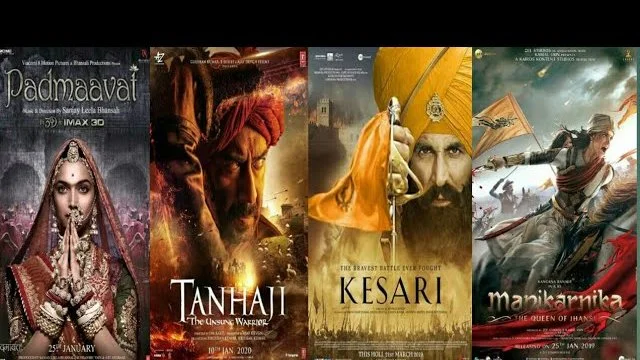
The Visuals of Evil and Symbolism in Tanhaji
Beyond plot, Tanhaji employs visual storytelling to paint a clear divide. The film surrounds Muslim characters like Udaybhan with dark, heavy symbolism, reinforcing their role as villains through elements like costume design and cinematography.
The film shows the Marathas in uplifting, bright visuals, creating a clear moral separation. This technique leaves no room for ambiguity—filmmakers cast Muslims as antagonists to the “true” Indian heroes, perpetuating harmful stereotypes that can resonate long after the movie ends.
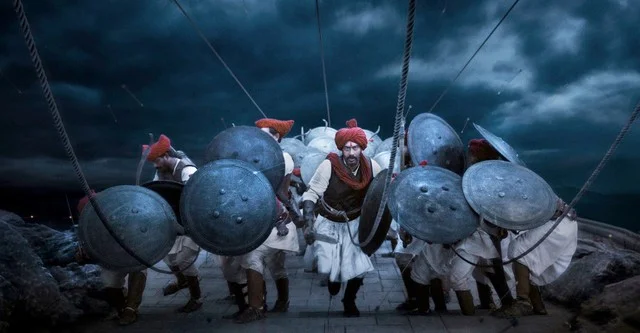
PAYF Insights are social media threads by various authors, reproduced here for wider consumption.
